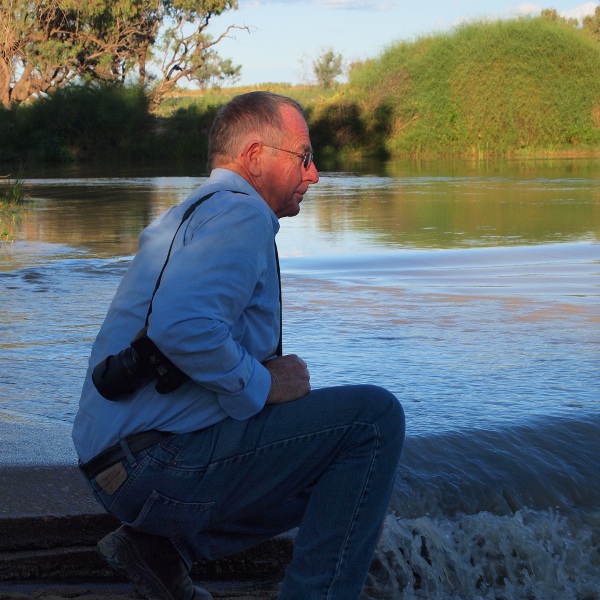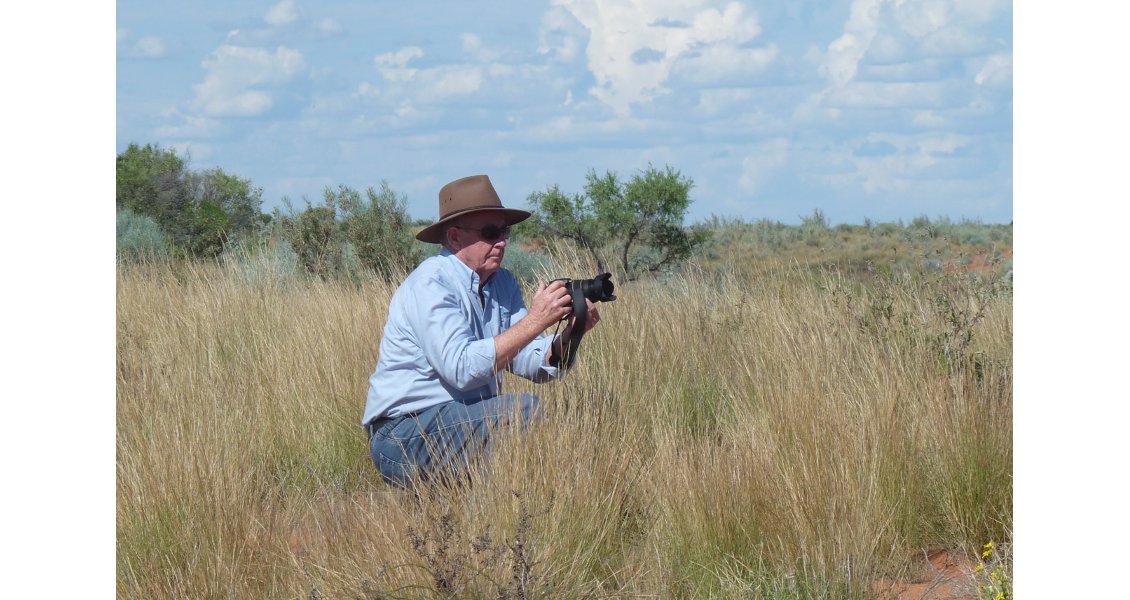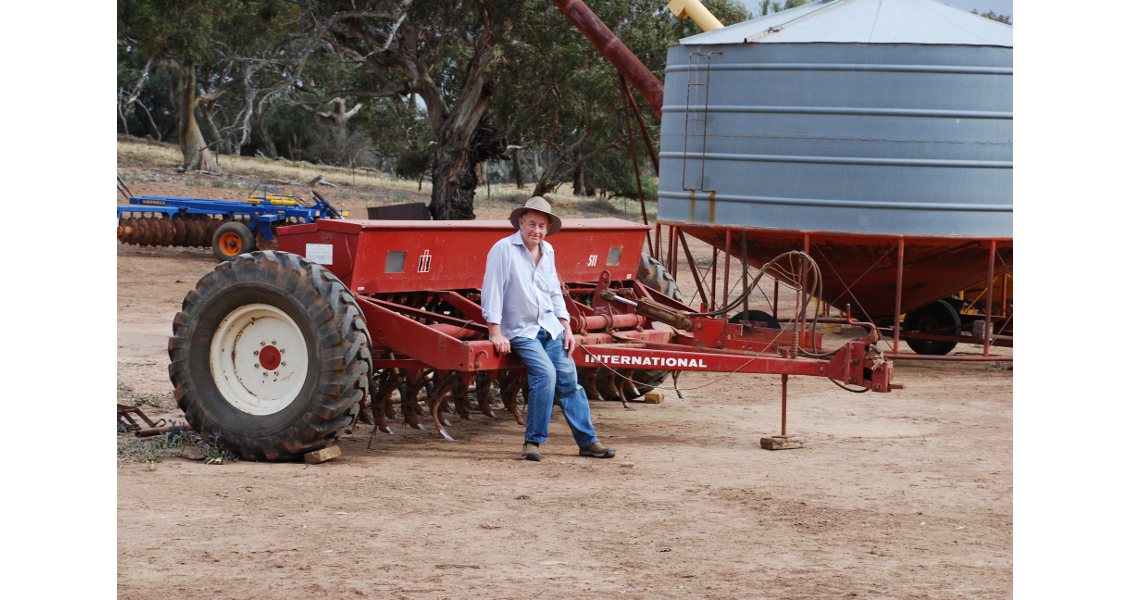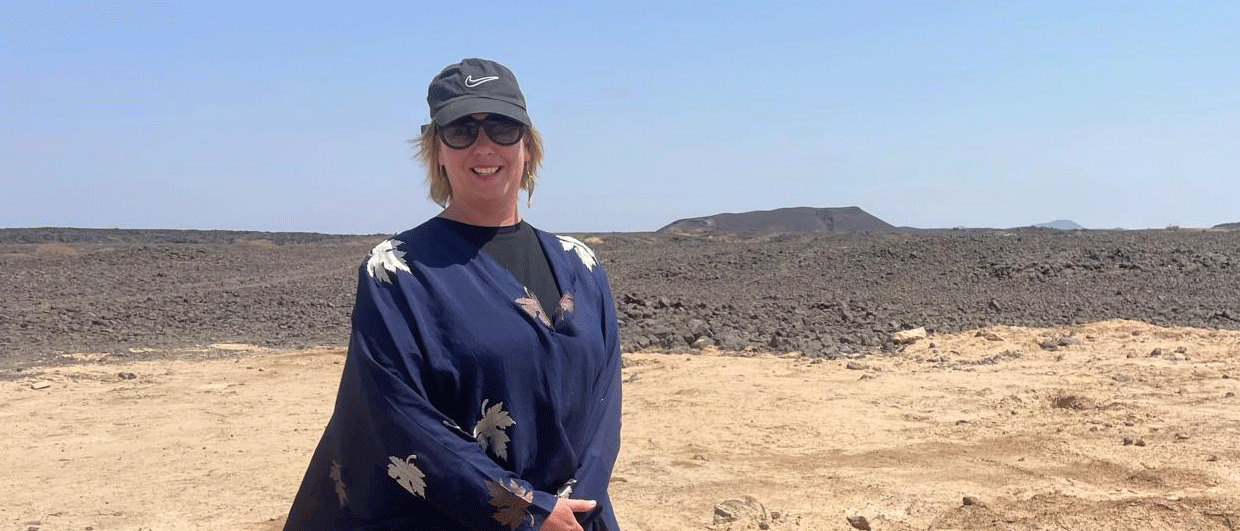Reg Nelson retired from Beach Energy after a remarkable 23 years in the top job that took the company from near-bankruptcy to being Australia’s biggest onshore oil producer. At its peak last year before the oil price collapse, Beach had a market capitalization of more than US$1.5 billion, and today still ranks just outside the top 100 companies on the Australian sharemarket.
While the statistics are impressive, they don’t convey the impact Beach made on the oil and gas scene in Australia over the past two decades. Under Nelson, Beach was a trailblazer that consistently spotted opportunities ahead of the pack. Other explorers often took their cues from the company, and its heady growth in production volumes and revenues generated just a little bit of awe among competitors.
Tough Legal Battle
The Nelson years of Beach Energy are all the more remarkable because of a six-year slog at the very beginning to extract the company from one of the most notorious episodes of fraud in Australian corporate history. In 1987, Beach fell to a hostile takeover from Independent Resources and was drawn into a labyrinth of fraudulent deals, including a transaction to sell a US$3 million oil field in Oklahoma to Beach for US$27 million.
After the collapse of Independent, a new board took control and hired Nelson in 1992 to help in the legal battle to reclaim many of its assets. A geophysicist by training, Nelson had already had a long career exploring for minerals and energy. He had also served as Director of Mineral Development at South Australia’s Department of Mines, overseeing a major leap forward in the quality of pre-competitive surveys and the digitization of data.
Nelson told GEO ExPro that the legal battle was ‘do or die’ for the company, and its chances of surviving were only 50/50. “We won, but the toughest times came after that because there was no money to claw back, despite the fact we had won on all fronts.” In 1995, Nelson accepted the board’s invitation to become managing director on a full-time basis. At the time, Beach had just six staff, a small income from its interests in the Kenmore and Bodalla oil fields in south-west Queensland, and was still mired in a web of deals left behind by Independent Resources.
“Mopping up that mess was six years of flat out work from 1993 to 1999. We owned gold companies and finance companies, and we had to untangle all these cross shareholdings and intercompany debts to claw back whatever money we could. That consumed most of our efforts, and it was frustrating because we were not able to move on any other opportunities.”
Early Mover in Cooper Basin
But there was enough time to set in motion a bid for acreage in the gas-rich Cooper Basin, Australia’s most prolific onshore petroleum basin with a production history dating back to the late 1960s. It had been locked up for decades in the hands of the major independent Santos and its ExxonMobil-owned partner, Delhi Petroleum. With production in decline, the South Australian government took the bold step of forcing the joint venturers to relinquish large parts of their acreage to revitalize exploration activity.
Nelson convinced his board to make a concerted effort to win acreage in the re-release of the Cooper Basin. “I said that if we are going to build this company, we should go to the Cooper Basin because it has the potential to deliver,” he explains. “The board eventually backed me on that, and in ’96 and ’97 we got some great people on board, including Neil Gibbins. He had been heading up Santos’ accelerated oil exploration program in that part of the world.”
The re-released acreage eventually went to competitive tender in 1999, with Beach successfully securing what would become a core asset, Petroleum Exploration License 92. Beach also farmed into adjacent permits won by Stuart Petroleum, subsequently acquired by Senex Energy.
Lengthy negotiations with traditional landowners meant another two years passed before Beach could drill its first well in PEL 92, but the wait was worth it. They quickly established that the western flank of the Cooper Basin was dotted with oil reservoirs that could be reliably discovered with 3D seismic. This play proved to be a remarkable cash generator, and led to a scramble for adjacent acreage by local and international competitors. In the next few years, the western flank exceeded all expectations and by 2014 was producing as much oil as the giant offshore fields of the Gippsland Basin. Nelson believes that Beach’s biggest discovery on the western flank, the Bauer field, may yet prove to hold 20 MMb of high margin recoverable oil when appraisal drilling continues.
Creating the Right Culture
Nelson quickly turned success with the drill bit into the company-making acquisition of Delhi for $574 million in 2006, giving it a 21% interest in the core infrastructure and gas acreage of the Cooper Basin. The deal stunned Santos, outmaneuvered by a far more wily and nimble competitor just a fraction of its size.
On the exploration side, Beach branched out and invested in numerous new plays in Australia and abroad. It was an early entrant to coal seam gas, selling for a profit of more than US$300 million to the big players that would soon invest billions of dollars in building LNG projects at Gladstone. One of its most important moves was into unconventional oil and gas in the Cooper and Otway Basins as early as 2009, well before the US shale boom started to reverberate around the world. A project based on the Nappamerri Trough in the Cooper Basin is the most advanced and ambitious shale plan in Australia, and in 2012 attracted Chevron as a joint venture partner. The plunge in oil prices last year was a blow for unconventionals everywhere, and Chevron recently withdrew as part of a global cutback in capital spending, but Nelson is convinced that unconventional gas from the Cooper Basin is essential for meeting the energy needs of the eastern states. Domestic gas supplies are forecast to swing into critical shortages next year as gas is diverted to higher-priced export markets.
While Beach’s successes over the past 20 years have been many, Nelson says the highlight for him has been building a company with the right culture. “I would like to look back on that as an achievement,” he says. “Not many people get that opportunity. Basically, we started with next to nothing, but key was the ability to recruit people like Hector Gordon, Neil Gibbins, and on the financial side Kathryn Presser, and my ever-faithful personal assistant, Marilyn Falahey. They were tough times, and we all had the right attitude and supported each other and it grew from there. I think like begets like, so when you recruit someone else you tend to look for people with the same sets of values.”
He says that Beach today is a much larger company and more driven by policy and procedure, but the ethos that served it from the beginning is still there. “I hope it will always retain that core, and I see Beach as being at almost an adolescent phase. We still have to build on long-term legacy projects, amongst other things a long-term dividend policy, but you still need that spark of creativity.”
Innovation Stifled
Nelson believes that the oil and gas industry always need “ratbag thinkers” driven by curiosity and smart geoscience to find opportunities outside the mainstream.
“Looking at what is happening with shale oil and gas in the US, I think it somewhat unfortunate for the industry that the activist shareholders are driving all those North American companies back to the US because it has become almost an industrial factory. Granted, there are innovations in technology and thinking, but I think it is likely to kill off that creativity that you get from broad-based exploration. I think it needs to be balanced in some way.”
Nelson says there was no question that huge innovation and thinking had gone into creating the shale revolution. “There is certainly a lot of technical development to emerge from it and that can be applied elsewhere. On the geophysics side alone, some of the microseismic work, the seismic attribute inversion, all those sorts of things that are emerging from this can be applied elsewhere. But there is a danger that things could be lost in a big industrial-factory approach. It is up to senior management and board level to see that original thinking is not stifled.”
He added that regulation and corporate governance was also stifling innovation and diverting a lot of effort from the business of discovering petroleum. “There are so many layers of governance and all these cottage industries that feed off it – proxy advisers, corporate governance advisers; it all costs money and absorbs so much of directors’ time. Listed companies are actually becoming a very risk-averse society. I think ultimately that will open up the opportunities for private equity investors who see the potential for value creation. Of course, we need prudent management and governance, but explorers should not be subject to the whims of advisers who frankly don’t have much experience in the business world.”
Return to Minerals
 At Cooper’s Creek during the floods of 2009. The desert environment of the Cooper Basin was transformed by a once-in-40-year flood event that shut down exploration and production in many areas.Nelson, now aged 70, can look back on an exceptional career and numerous industry accolades, including Honorary Life Membership of The Society of Exploration Geophysicists. But farewelling shareholders at last year’s annual general meeting, he quipped that his career was merely at the halfway point. A quiet retirement is clearly not on the agenda. Nelson has already joined the board of junior petroleum explorer, FAR, which last year announced two world-class oil discoveries offshore Senegal and has developed big plays in west and east Africa, attracting Cairn Energy and ConocoPhillip as exploration partners. Nelson said FAR was run by people he knew and greatly respected. “The company has the same ethos as Beach in terms of its love of exploration and empathy with communities.”
At Cooper’s Creek during the floods of 2009. The desert environment of the Cooper Basin was transformed by a once-in-40-year flood event that shut down exploration and production in many areas.Nelson, now aged 70, can look back on an exceptional career and numerous industry accolades, including Honorary Life Membership of The Society of Exploration Geophysicists. But farewelling shareholders at last year’s annual general meeting, he quipped that his career was merely at the halfway point. A quiet retirement is clearly not on the agenda. Nelson has already joined the board of junior petroleum explorer, FAR, which last year announced two world-class oil discoveries offshore Senegal and has developed big plays in west and east Africa, attracting Cairn Energy and ConocoPhillip as exploration partners. Nelson said FAR was run by people he knew and greatly respected. “The company has the same ethos as Beach in terms of its love of exploration and empathy with communities.”
Nelson is also working on a return to minerals exploration, which has been interwoven with his career in petroleum for decades. His experience goes right back to the start of his days as a geophysicist, exploring for paleochannels that could host roll-front uranium deposits in South Australia. More recently, Nelson was the driving force behind successful gold producer Ramelius Resources, which he spun out from Beach with many of the gold assets inherited from Independent Resources.
“Oil and gas remains a big focus, but you accumulate many ideas over 50 years in the industry and I want to go back and pursue some of those, whether copper or uranium or a host of other things. Now is not necessarily the time to launch these projects because of the state of the market, but it is the right time to be thinking about them and assembling a portfolio with an eye on the future.”
Nelson also plans to spend more time educating the public about geology and how society depends on minerals, oil and gas. “Years ago, driving in Colorado I used to carry a book called the Roadside Geology of Colorado, and I thought ‘that’s what we need here’.” He wants to produce a similar book that serves as a tour guide to the many geological highlights on the 500 km stretch in South Australia from Adelaide to the northern Flinders Ranges, including the famous fossils of Ediacara. Collaboration with an ex-colleague (and former Beach director), Dr Neville Alley, has brought the idea close to fruition, but Nelson acknowledges that Alley has done most of the hard work. “However, now that I have a bit more time I can assist with doing the next leg, wherever that might be.”
Abundant Opportunities
As for the petroleum industry, Nelson says there remain abundant opportunities in Australia, despite lower oil prices. “The western flank is still a great place to make money, but gas also has a very good outlook. Anyone who can supply volumes of gas in eastern Australia in excess of what is already contracted is in a pretty good position. Demand is healthy, whether for export or domestic use.”
He believes the Cooper Basin will be a key source of new gas supply, despite now being in its fifth decade as a producer. “If you look at eastern Australia, the only real potential sources of gas for the domestic market are the Cooper Basin and the onshore Otway Basin. Certainly there is more gas to be found offshore in the Gippsland and Otway Basins, but assuming discoveries are made, you are talking five to ten years before you get it to market. That is not going to solve the real shortages that we are facing in the short term.”








